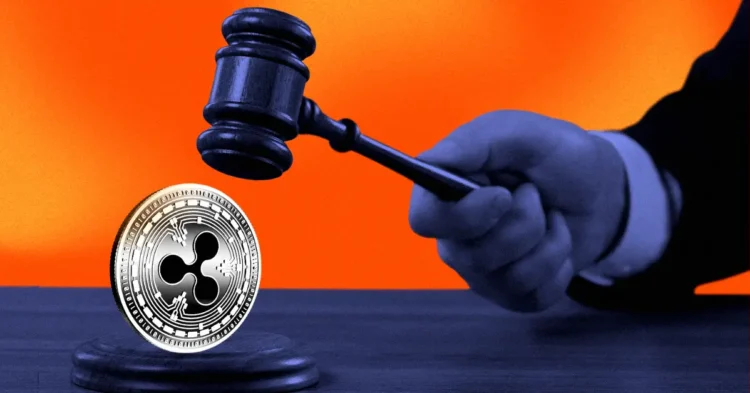XRP, currently ranked as the seventh largest cryptocurrency by market capitalization, has witnessed an extraordinary increase in trading volumes, surging by over 40% in the past 24 hours. This notable spike in activity aligns with recent developments in the ongoing Ripple-SEC lawsuit, which is currently progressing through the appeals phase. The SEC has announced its intention to submit a principal brief by January 15, 2025, adding layers of complexity to the evolving legal narrative surrounding XRP.
XRP’s Classification Horror Continues
The legal battle over whether XRP should be classified as a security continues to unfold, drawing attention from various legal experts and social media figures. Among them is Bill Morgan, a lawyer known for his critical perspective on the SEC’s arguments. He challenges the viewpoint of Joe Sho, who suggests that the Appeals Court might rule XRP as a security through a “de novo” examination, which could disregard previous findings and align with decisions in other crypto cases, such as the Terra case ruled by Judge Rakoff.
Joe Sho argues that a “de novo” review allows the Appeals Court to independently assess XRP’s classification without being bound by district court conclusions. This could potentially result in XRP being classified as a security, similar to assets like UST and LUNA in the Terra case.
The Embodiment Theory vs. SEC’s Argument
Bill Morgan presents a more nuanced argument, emphasizing the “embodiment theory,” which views XRP as an asset rather than a security. He supports Judge Torres’s ruling, which determined that XRP itself is not inherently an investment contract, by distinguishing between the asset’s nature and the context of transactions involving it. Morgan’s approach diverges from typical crypto case law and the SEC’s position.
The SEC maintains that XRP’s lack of intrinsic value renders any transaction involving it an investment contract, especially in the context of Ripple’s operations and possibly in broader secondary markets. This ongoing debate continues to highlight the complexities of cryptocurrency classification.
Implications of the Appeals Court Review
James Farrell contributes to the discussion by noting that a “de novo” review provides the Appeals Court with the latitude to embrace the “embodiment theory” or to reinterpret XRP’s classification entirely. This opens the possibility of the court taking a stance similar to Judge Rakoff’s in the Terra case, where assets were deemed securities based on their involvement in investment contexts, thereby challenging the district ruling on XRP.
While Morgan acknowledges the Appeals Court’s potential to reassess XRP’s status, he cautions that reclassifying XRP as a security would misinterpret the distinction between the asset itself and the context of transactions. The outcome of this legal discourse could establish a significant precedent for XRP and other digital currencies, probing whether digital assets are inherently securities or only become so within specific transactional frameworks.
The ongoing Ripple-SEC lawsuit continues to capture the attention of the cryptocurrency community, sparking discussions about the future of digital asset regulation and classification. As the legal proceedings evolve, stakeholders remain vigilant, anticipating the implications of the court’s decisions on the broader cryptocurrency landscape.











